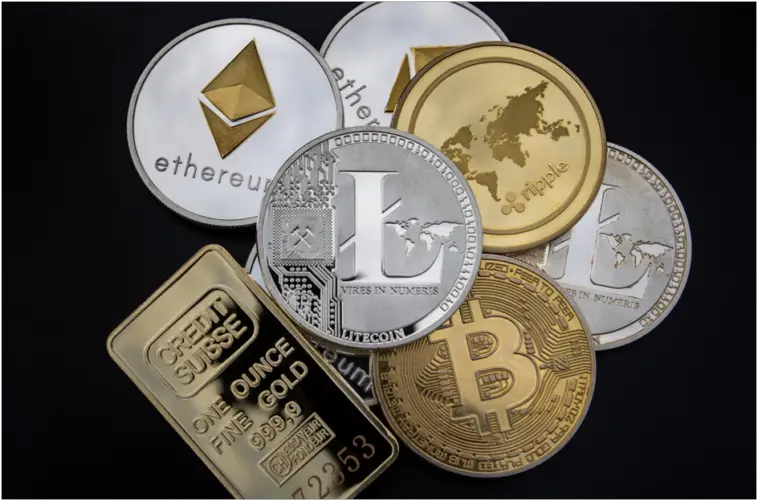
Cryptocurrency is changing the way we spend money. Over 21,000 digital currencies have been created, yet most people only know a few market leaders like Bitcoin, Ethereum, Ripple, and Solana.
There are endless wallets, exchanges, and programming languages, among other aspects of the industry, to learn about. With every discovery, it’s easy to make a snap judgment like, “This is better than that” or “This is a better investment.”
If you’re on the fence between Ethereum vs Solana, keep reading. Now, you can make an informed decision.
Market Cap
Ethereum and Solana are two of the most popular blockchain networks today. Both are highly valued by the crypto community and have a large market capitalization. But, there are some significant differences between the two networks regarding market cap.
Ethereum’s market cap is significantly larger than Solana’s. As of this writing, Ethereum’s market capitalization stands at over $90 billion, while Solana’s total market cap is currently hovering around $4 billion.
Ethereum’s larger market size allows it to have more liquidity and attract more investors. Meanwhile, Solana’s smaller market cap gives it an advantage in innovation and testing new ideas, as only a limited amount of capital is needed to operate a node. Both networks are successful in their rights and present a viable option depending on the user’s needs.
Security
When comparing the security between the two, it is vital to consider the different features of each platform. Ethereum is a decentralized platform that uses cryptography to secure the network from attack.
It uses a Proof-of-Work consensus mechanism. It is known to be secure and provides a low risk of attack.
Solana, on the other hand, is a high-performance blockchain. It uses its own Proof-of-Stake consensus mechanism.
Solana uses its unique consensus and proof-of-stake system to maintain the network’s security. You can check this guide to protecting cryptocurrency funds for more references on safeguarding your funds.
Pricing
There are significant differences to consider when looking at their pricing structures. Ethereum is powered by gas, a pricing system based on the network’s amount of data.
It means higher demand will increase its price. But relative to its network increases, as miners must compete over resources.
On the opposite end, Solana uses whitelisted validators to enable transactions. It also offers many tools that make it easier for developers to build applications on the network. The cost of running transactions on Solana is meager compared to Ethereum.
It is not affected by network congestion. Solana does not utilize gas and operates on a less expensive fixed-fee model, creating a much more affordable option for developers.
Scalability
Ethereum uses the Ethereum Virtual Machine (EVM). It is a decentralized computing system to achieve scalability.
The EVM allows for asynchronous programming and parallel processing. It enables developers to scale efficiently. Ethereum 2.0’s sharding process also increases scalability by breaking large tasks into smaller pieces.
While Solana has optimized its network for low latency, it allows for more transactions at a lower cost. Solana’s native protocol also ensures that blocks remain small so the network can handle a high transaction throughput.
Know the Difference Between Ethereum vs Solana
They both provide valuable solutions to different problems within the blockchain space. It is vital to know the difference between Ethereum vs Solana. With both blockchains having unique and efficient solutions, they both have their respective advantages.
Try out both for yourself and see which one you prefer!
Did you find this article helpful? If so, check out the rest of our blog for more informative content!




